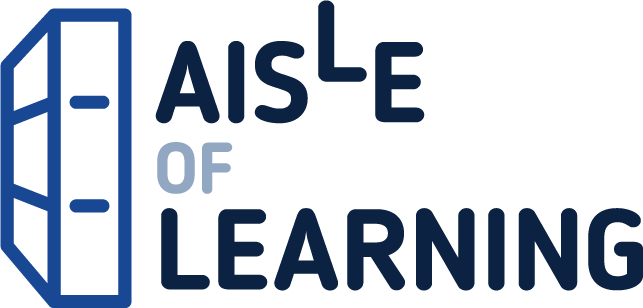The SecretoryPathway The transport ofproteins and lipids from their site ofsynthesis at the endoplasmic reticu lum (ER) to the cellsurface ismediated by the secretory pathway and isan essential process in eukaryotic organisms. A great variety ofmolecules are extruded from cellsby the action ofthe secretory pathway, including extracellular matrix components that provide the foundation for constructing tissuesand organs. Moreover, this pathway playsa major role in the biogenesisof the plasma membraneand itsexpansion before celldivision. Therefore, withoutsecretion there would be no cells,tissuesor organs, and so it issafeto saythat we oweourvery existence to the secretory pathway. To understand the process ofsecretion we must learn about the organelles that compose the secretory pathway; the ER and Golgi apparatus, and the transport vesicles these or ganelles produce. The membrane ofthese organelles is primarily synthesized and assembled at the ER but with contributions from mitochondria (phosphatidylethanolamine) and the Golgi apparatus (sphingolipids). Newly synthesized proteins destined for secretion gain en try into the secretory pathway by translocation across the ER membrane. This translocation apparatus also integrates proteins into the membrane and establishes their topology with respect to the lipid bilayer (seeChapter 7). Many secretory proteins are covalently modified with oligosaccharides to produce glycoproteins, a biosynthetic process initiated in the ER and continued in the Golgi apparatus. Once proteins are properly folded and modified in the ER, they are allowed to leave and are ushered into COPlI-coated carrier vesiclesforming at specific exit sites (see Chapters 1 and 8).
Trafficking Inside Cells: Pathways, Mechanisms and Regulation (Molecular Biology Intelligence Unit)
$206.90
This book provides in-depth knowledge of cellular biology, focusing on the secretory pathway and protein transport.
Additional information
| Weight | 0.762 lbs |
|---|---|
| Dimensions | 15.9 × 2.5 × 24.1 in |






Reviews
There are no reviews yet.